- Confident
- Not trendy

3
·
Very good

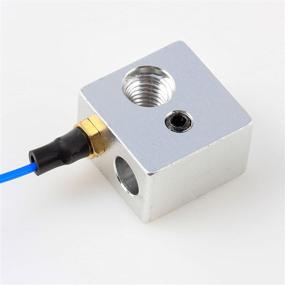
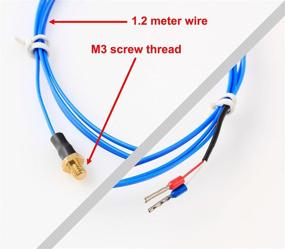
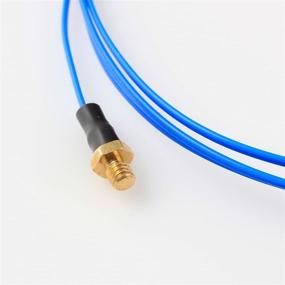
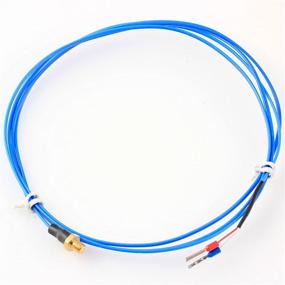

Premium Quality Black HATCHBOX PLA 3D Printer Filament With High Dimensional Accuracy - 1 Kg Spool, 3.00 Mm

37 Review
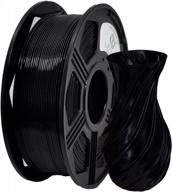
YOYI 3D Printer Filament - PETG 1.75Mm 2.2Lbs(1Kg) Spool, High Accuracy +/- 0.03 Mm, 100% New Raw Material!

32 Review
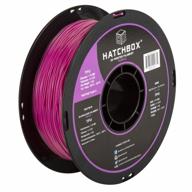
HATCHBOX Purple TPU 3D Printer Filament - High Quality 1Kg Spool With +/- 0.03Mm Dimensional Accuracy And Shore 95A Hardness In 1.75Mm Diameter

22 Review
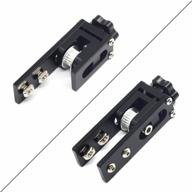
Befenybay 2020 Upgrade: X-Axis Synchronous Belt Tensioner For Creality Ender-3/Ender3 Pro/Ender3 V2/CR-10/CR-10 V2/CR-10 V3/CR-20 Pro –Straighten And Stretch For Enhanced Performance

50 Review
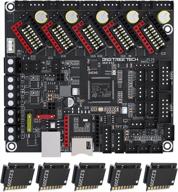
BIGTREETECH SKR 3 EZ Control Board 32Bit New Upgrade Silent Board Support EZ2209/ EZ5160/ EZ2130 Stepper Driver Compatible TFT Series Touch Screen, DIY For Most FDM 3D Printer (With 5PCS EZ2209)

7 Review

NEMA 17 Stepper Motor With Built-In 400Mm T8 Lead Screw For Improved RepRap Prusa I3 3D Printer Z Axis Or CNC Machine Performance - Iverntech

9 Review
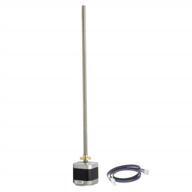
Iverntech NEMA 17 Stepper Motor With Integrated 350Mm T8 Lead Screw: The Ultimate Solution For Precise Z Axis Movement In 3D Printing And CNC Machining

6 Review
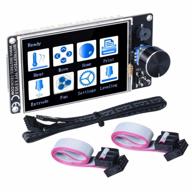
BIGTREETECH TFT35 V3.0.1 Graphic Smart Display Controller Board For 3D Printer Ramps 1.4 RepRap 3D Printer Can Select Two Work Modes

13 Review
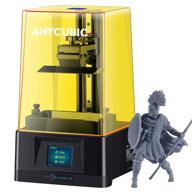
🖨️ ANYCUBIC Assembled Innovation Off Line Printing: Streamline Your Printing Process with Cutting-Edge Technology

5 Review
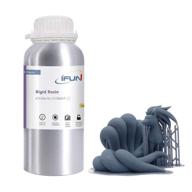
🖨️ IFUN 3D Printing Liquid Resin: High-Quality Innovative Solution

5 Review
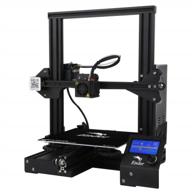
Economic Ender 3D Printer DIY Kit With Resume Printing Function, Large Printable Area Of 220X220X250MM By Creality 3D

18 Review
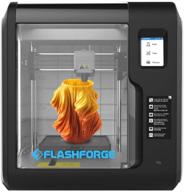
Flashforge Adventurer 3D Printer with Detachable Precision Leveling System

6 Review